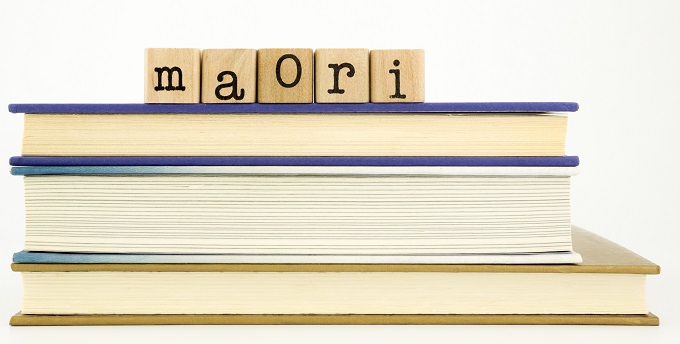
© vinnstock Images - stock.adobe.com
<h3>The Government aims to integrate te reo Māori into education by 2025, with over 500 teachers and support staff already graduating from <a href="https://www.beehive.govt.nz/release/progress-integrating-te-reo-m%C4%81ori-education" target="_blank" rel="noopener noreferrer">Te Ahu o te Reo Māori</a>, Associate Education Minister Kelvin Davis has said.</h3>
<p>Kelvin Davis made the announcement at an awards ceremony in Waikanae today, for 70 people from Kāpiti, Horowhenua, Porirua, Hutt Valley and central Wellington graduating the programme.</p>
<blockquote>
<p>“Te Ahu o te Reo Māori has always been about strengthening the education workforce to use te reo Māori regularly and correctly, and I’m excited by the progress we’ve made so far,” Kelvin Davis said.</p>
</blockquote>
<p>“Now 527 people have already graduated with a good grasp of te reo and even better, they’ll be using it every day in our early learning centres and classrooms; making it the norm.</p>
<blockquote>
<p>“We know that this will improve interactions and relationships with students, parents and whānau &#8211; meaning better outcomes for our kids.</p>
</blockquote>
<p>“Last year we announced $12.2 million for Te Ahu o te Reo Māori, and this is just part of a package of new initiatives for Māori education. We have also announced new funding for <a href="https://www.beehive.govt.nz/release/wellbeing-budget-recognises-importance-k%C5%8Dhanga-reo" target="_blank" rel="noopener noreferrer">Kōhanga reo</a>, a focus on Māori in our teacher supply package, <a href="https://www.beehive.govt.nz/release/growing-young-m%C4%81ori-leaders-te-tai-tokerau" target="_blank" rel="noopener noreferrer">Te Kawa Matakura</a> to grow future young Māori leaders and <a href="https://www.beehive.govt.nz/release/tackling-racism-realise-potential-m%C4%81ori-learners" target="_blank" rel="noopener noreferrer">Te Hurihanganui</a> to address racism and bias across the system.”</p>
<p>Te Ahu o te Reo Māori has been delivered in Taranaki, Waikato, Kāpiti-Horowhenua-Porirua and Te Waipounamu this year, with another 120 participants going through the programme in Waikato in their second intake beginning this month.</p>
<p>The programme will be reviewed in coming months, with decisions made about future implementation in the new year.</p>
<blockquote>
<p>“It makes sense to take stock of the mahi and I’m hugely encouraged at this stage. If we can look back and say we’ve helped normalise the use of te reo in our classrooms, then I can’t see any reason why we shouldn’t continue,” Kelvin Davis said.</p>
</blockquote>

Loneliness and social disconnection negatively impact wellbeing. A new WHO report finds teens feel the…
Should play-based learning be part of the primary curriculum? Researchers asked primary teachers from Australia…
Working with ASSA ABLOY, the school has eliminated potential emergency rekeying, and removed the guesswork…
Lithuania will be providing free AI technology to every secondary school in the country.
Whether it’s sharing important updates, boosting morale, or showcasing student success, digital displays are becoming…
Industrial, legal action and unrest between the education sector and the Ministry of Education rises…
This website uses cookies.